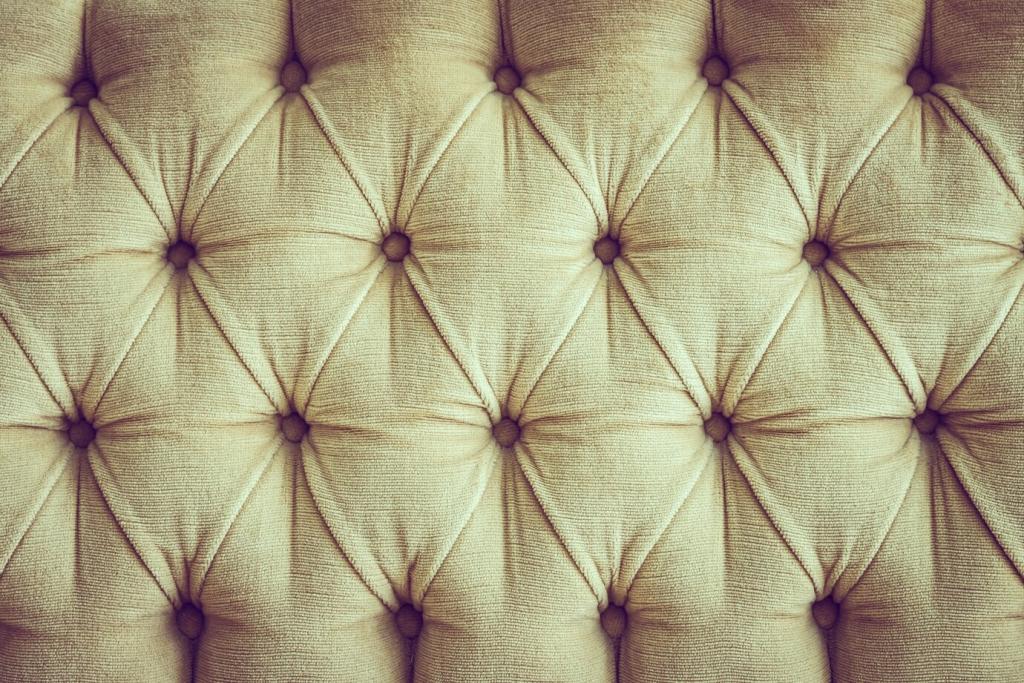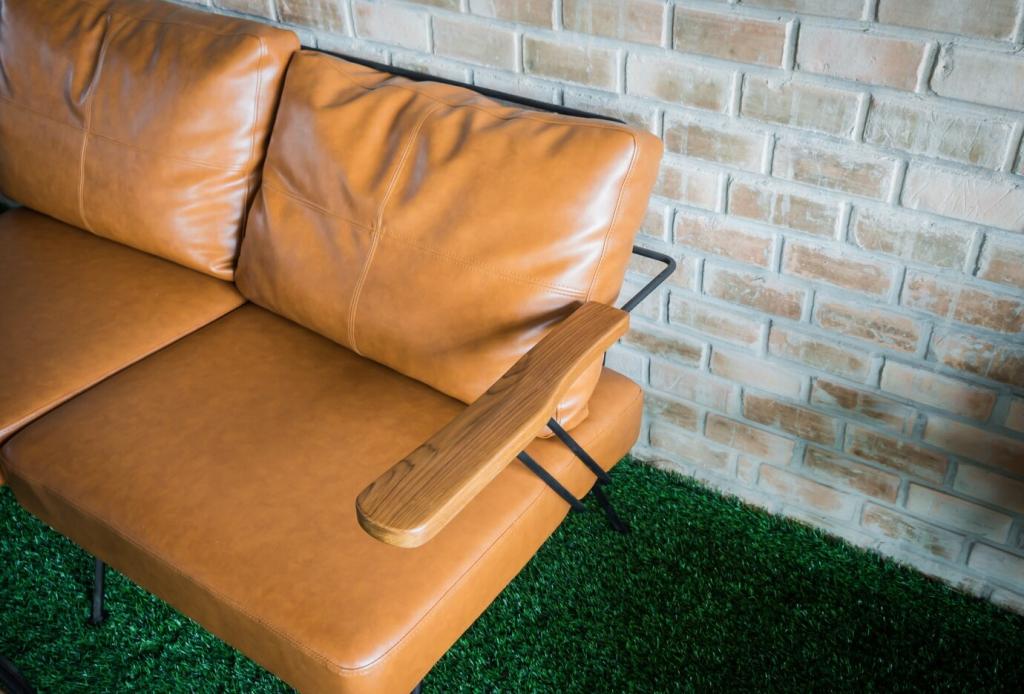
Soft Seats of Antiquity: The History of Soft Furniture in Ancient Civilizations
Chosen theme: History of Soft Furniture in Ancient Civilizations. Step into palaces, courtyards, and banqueting rooms to discover how cushions, mattresses, and textiles shaped daily life, ceremony, and comfort in the ancient world. If this topic fascinates you, subscribe and share what era you’d love us to explore next.
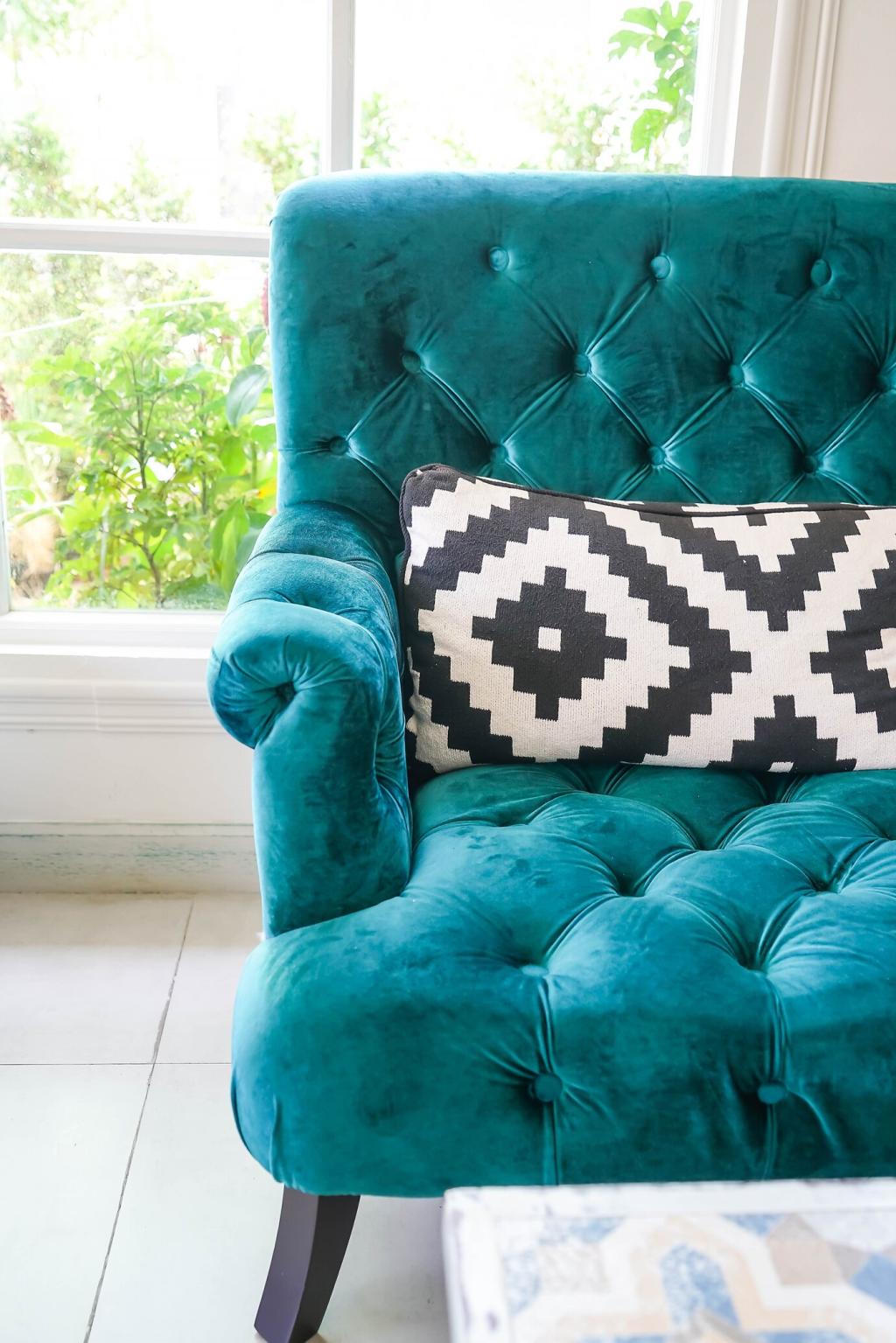
From Mats to Cushions: Early Beginnings
In ancient Mesopotamia, early pillows signaled status, with some carved from stone for hygiene and insect control, yet textiles likely cushioned elite beds. Reliefs and inventories imply stuffed bolsters in palaces, marrying practicality and power. What detail intrigues you—function, fashion, or symbolism?
From Mats to Cushions: Early Beginnings
Egyptians cherished fine linen for wraps and furnishings, yet favored curved headrests instead of soft pillows for sleep. Cushioned stools and chairs appear in tomb scenes, suggesting padded comfort in elite households. Share your thoughts on why ritual, climate, and belief shaped softness differently along the Nile.
Banquets, Rituals, and the Language of Reclining
Greek Klinai and Symposium Etiquette
At Greek symposia, guests reclined on klinai—wooden frames topped with mattresses and cushions—debating poetry, politics, and philosophy. Head and arm supports eased long conversations. Imagine your favorite thinker on a softly padded couch; whose ideas would you invite to your next living room salon?
Roman Triclinia, Culcita, and Pulvini
Romans arranged three couches in a triclinium, with culcita (mattresses) and pulvini (cushions) signaling seating order and status. Reclining influenced dining pace and conversation flow. Share whether you would embrace a leisurely, cushion-filled meal, and which modern comfort echoes this elegant ancient rhythm.
Persian Courts, Carpets, and the Proto-Divan
In Persian courts, layered carpets, bolsters, and low seating fostered intimacy and ceremony. Textiles defined space more than furniture frames, anticipating the divan’s long, cushioned form. How might a carpeted, cushion-rich room change the way you negotiate, celebrate, or simply rest with friends?
How Soft Was Soft? Materials, Stuffing, and Weaves
Warp-weighted and horizontal looms produced sturdy cloth for cushion covers and mattress ticks. Linen cooled in hot climates, while wool offered warmth and resilience. Imagine selecting patterns and tightness for a banquet couch—would you favor crisp linen smoothness or a richly woven wool texture?
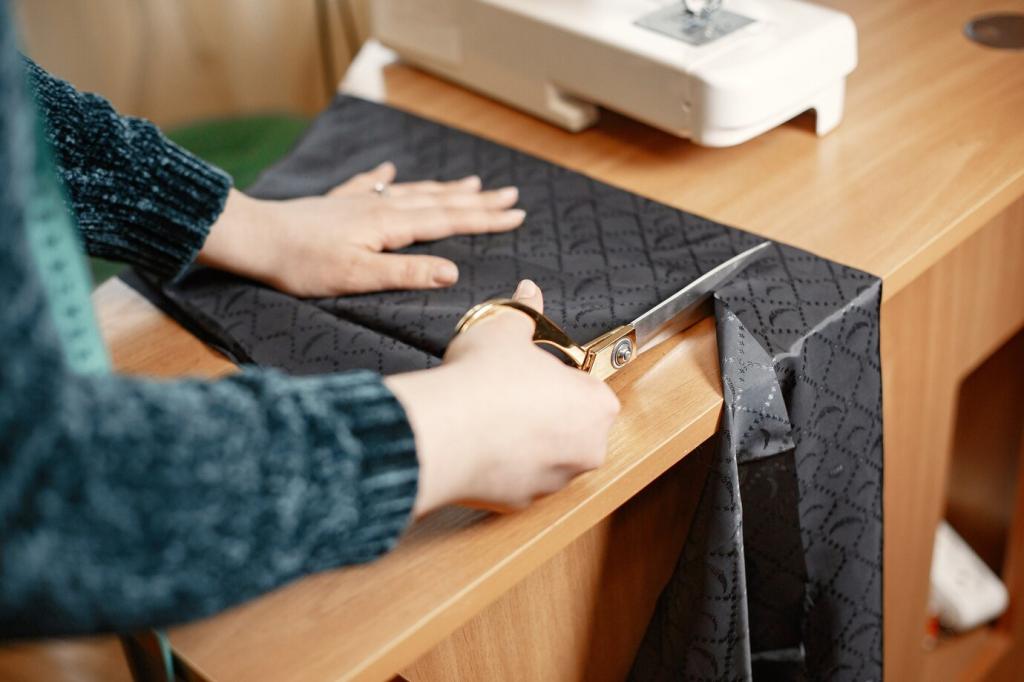

This is the heading
Lorem ipsum dolor sit amet, consectetur adipiscing elit. Ut elit tellus, luctus nec ullamcorper mattis, pulvinar dapibus leo.

This is the heading
Lorem ipsum dolor sit amet, consectetur adipiscing elit. Ut elit tellus, luctus nec ullamcorper mattis, pulvinar dapibus leo.
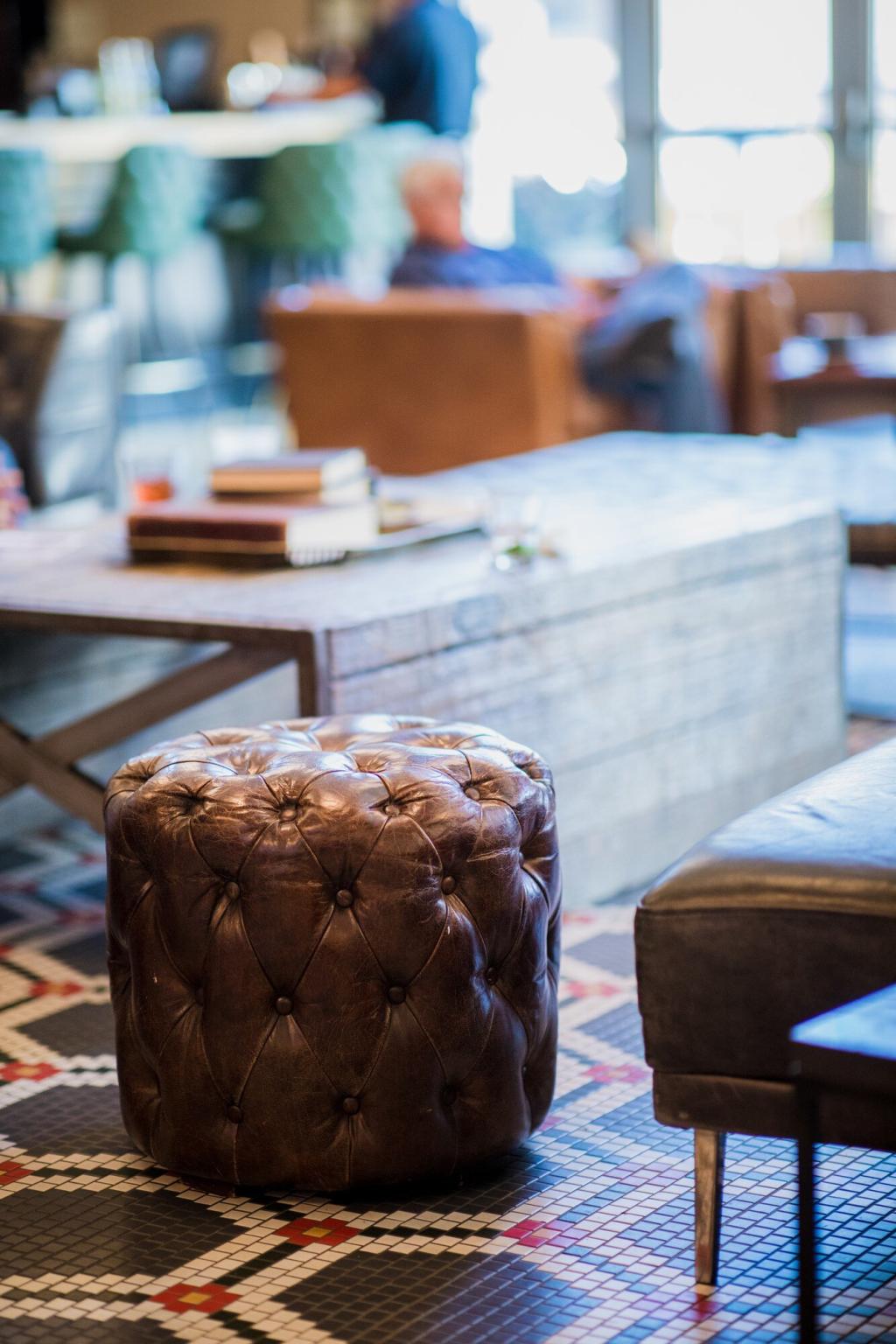
Power, Status, and the Afterlife
Ivory-inlaid chairs and cushioned seats framed rulers in reliefs and frescoes, elevating authority through layered textiles. The softness under a sovereign quietly proclaimed wealth and order. Would you design a leader’s seat with restraint or luxuriant padding to send the clearest political message?
What the Evidence Shows: Art, Texts, and Excavations
Greek vases, Roman wall paintings, and Near Eastern reliefs depict draped couches, stuffed bolsters, and patterned covers. Folds and shadows reveal thickness and weight. Which scene best convinces you that a pictured cushion is not just decorative, but truly soft?
What the Evidence Shows: Art, Texts, and Excavations
Terms like pulvinus, culcita, and kline, alongside inventory lists and banquet manuals, anchor interpretations. Poets compare pillows to clouds, critics warn against excess. Which ancient voice—practical or poetic—helps you imagine the feel of a well-stuffed mattress most vividly?
What the Evidence Shows: Art, Texts, and Excavations
Loom weights, textile impressions, and bedding fittings complement iconography. Experimental archaeologists recreate cushions with period fibers and dyes. Would you join a hands-on workshop to stitch, stuff, and rest on a historically informed couch, then share your impressions with our community?
Threads That Traveled: Exchange and Influence
Textiles moved with merchants: fine linens, dyed wools, and patterned covers circulated from the Nile to the Aegean and beyond. Cushioned styles adapted to new tastes. If you traced one textile’s journey, which ports and palaces would appear on its soft, storied itinerary?
Threads That Traveled: Exchange and Influence
Etymologies and designs reveal kinships—terms for cushions and couches echo across languages, while motifs blossom in new contexts. A bolster in one court becomes a banquet essential in another. Which borrowed idea feels most at home in your imagined ancient living room?
